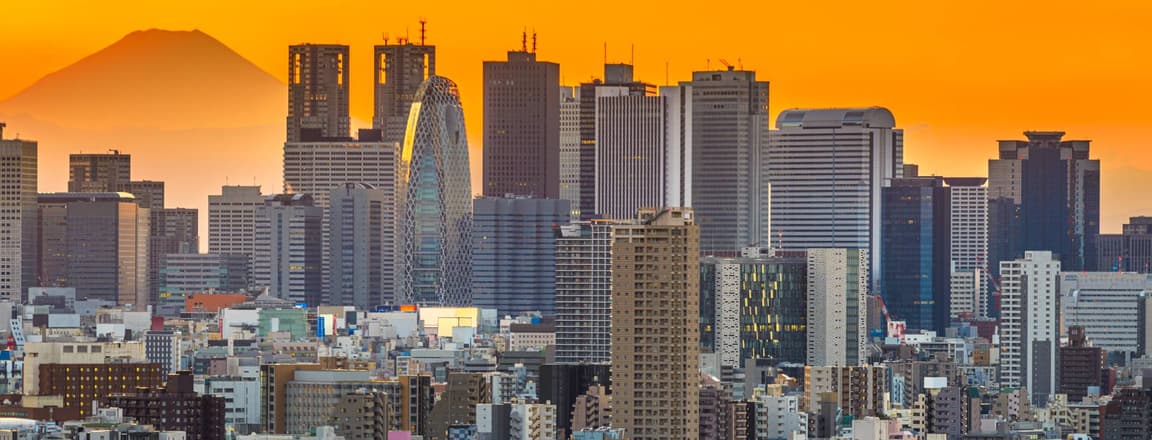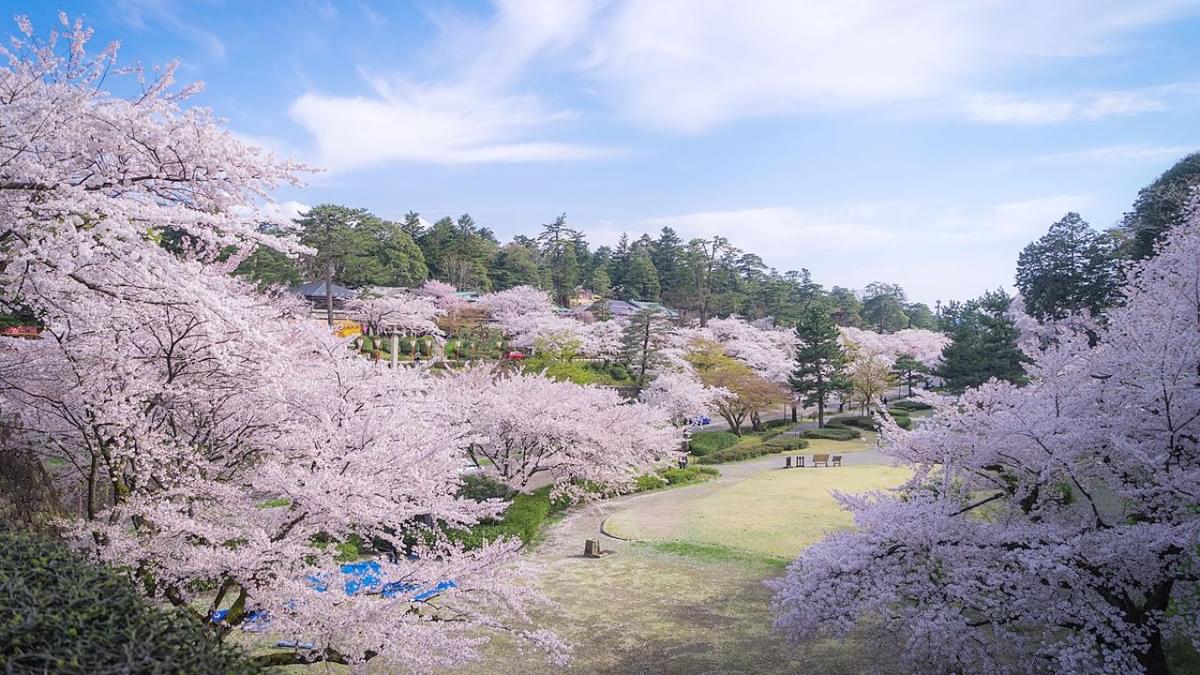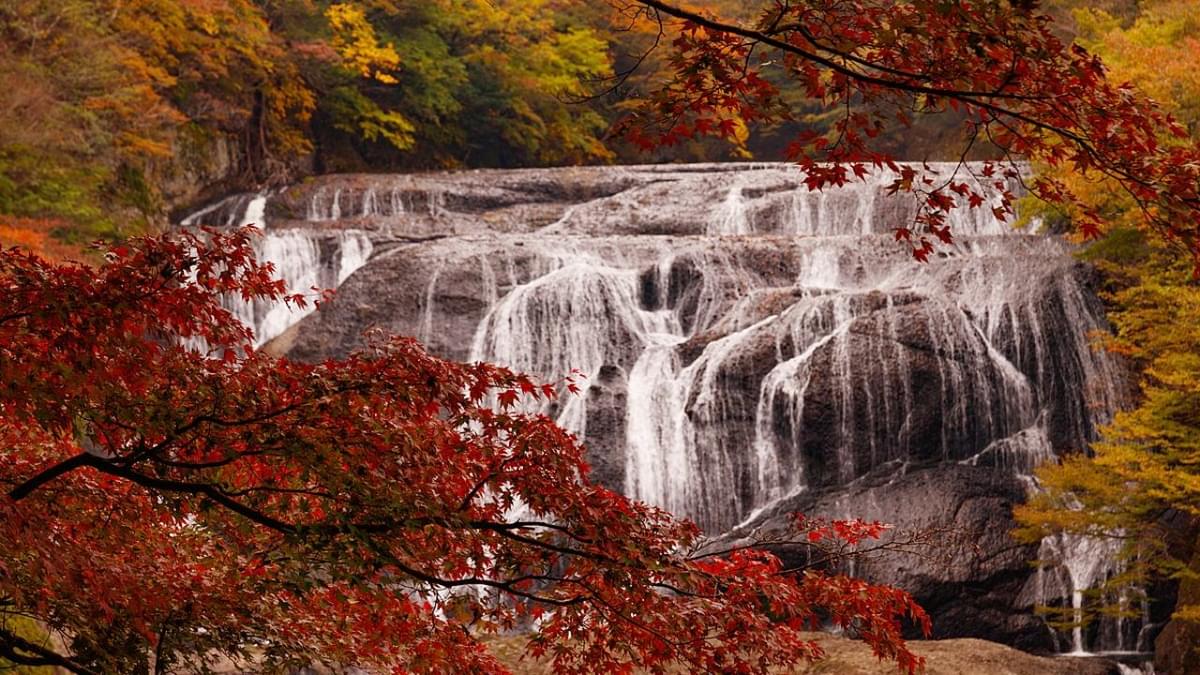
Best Time to Visit Tokyo : All you need to Know

The Japanese capital Tokyo delivers year-long attractions that balance modern technology with historic customs while satisfying all tourism needs. Tokyo presents different seasonal charms starting with cherry blossom in spring time until winter illuminations dazzle visitors with their glow. The best time to visit Tokyo rests on individual tastes between weather comfort and festival celebrations along with activity schedules.
Month, Season, and Temperature Overview
| Month | Season | Temperature |
| March to May | Spring | 10°C-22°C |
| June to August | Summer | 20°C-35°C |
| September to November | Autumn | 12°C-25°C |
| December to February | Winter | -1°C-15°C |
Hiroshima (2N)
Osaka (2N)
+2 Cities
- Hiroshima Bike Adventure
March to May (Spring)

Spring is one of the most beautiful times to visit Tokyo, primarily because of the famous cherry blossom (sakura) season. Parks such as Ueno Park, Shinjuku Gyoen, and Chidorigafuchi turn into stunning pink landscapes, drawing thousands of visitors for hanami (flower viewing) picnics. The weather is mild, making it ideal for outdoor sightseeing, exploring temples, and walking around historic districts like Asakusa. Due to the high number of tourists, booking accommodations in advance is highly recommended.
Also Read: Things to do in Japan
June to August (Summer)

Tokyo summers are hot and humid, but they also bring lively festivals and fireworks displays. The Sumida River Fireworks Festival is a must-see, lighting up the sky in late July. Additionally, Tanabata (Star Festival) in July and Bon Odori dances in August showcase Japan's vibrant traditions. While sightseeing can be challenging due to high temperatures, escaping to Tokyo’s summer retreats like Mount Takao or the Odaiba beaches offers a refreshing break. Light, breathable clothing and staying hydrated are essential for summer travel.
September to November (Autumn)

Tokyo during autumn presents lovely foliage displays and a comfortable climate that make it ideal for people to enjoy sightseeing while engaging in outdoor activities. Popular spots like Meiji Shrine, Yoyogi Park, and Rikugien Garden showcase breathtaking red and gold autumn leaves. The reduced visitor numbers in autumn allow Tokyo visitors to discover attractions at their leisure. Food enthusiasts will find absolute pleasure during this season from the availability of matsutake mushrooms and roasted sweet potatoes among other local treats.
December to February (Winter)

Tokyo usually experiences cold winters without major snowstorms during this season. Several remarkable illuminations light up Tokyo during this excellent period including Roppongi and Marunouchi and Tokyo Midtown. Temple celebrations at Meiji Shrine as well as Senso-ji allow visitors to experience authentic Japanese cultural traditions during New Year festivities. DisneySea and Tokyo Disneyland both transform into enchanted winter magic kingdoms. The off-peak season of Tokyo offers visitors a chance to discover the city with minimal tourism crowds apart from New Year celebrations.
- March to May: Pack light layers and a jacket for cooler evenings. Make hotel bookings in advance since visitors should plan their trip during cherry blossom season.
- June to August: During this period wear breathable fabrics and prevent yourself from dehydration. Stick to indoor attractions at museums and shopping malls since outdoor heat can be unbearable.
- September to November: Travel in early autumn for fewer crowds. Book accommodations near foliage viewing spots for the best seasonal experience.
- December to February: Dress warmly for outdoor explorations. Don’t miss Tokyo’s winter illuminations and hot springs in nearby Hakone for a cozy retreat.
No matter the season, Tokyo promises an unforgettable experience with its mix of cultural heritage, culinary delights, and modern attractions.
Update your location?



